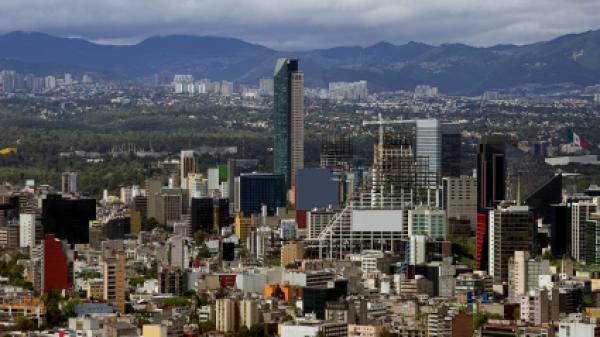Mexico's Clocks Turn Back on October 25, 2009
Most of Mexico will turn the clocks one hour back when the country ends its daylight saving time (DST) on Sunday, October 25, 2009.

Mexico's Clocks Turn Back on October 25, 2009
©iStockphoto.com/andres balcazar
Most of Mexico, except Sonora, will end daylight saving time (DST) on Sunday, October 25, 2009. The time will move one hour back from 2am (02:00) to 1am (01:00) local time on this date. Mexico’s DST schedule ends one week before DST ends in the United States and Canada. Europe's DST schedule also ends on Sunday, October 25, 2009.
Mexico’s Daylight Saving Schedule Ends
Mexico’s DST schedule ends on the last Sunday of October, when the clocks move back from 2am (or 02:00) to 1am (or 01:00) local time. Mexico will return to standard time on Sunday, October 25, 2009. Mexico’s DST ends about one week earlier than the United States, which ends its schedule on November 1 in 2009.
Mexico observes a daylight saving schedule that begins at 2am (or 02:00) local time on the first Sunday of April, when the clocks move forward by one hour from 2am (or 02:00) to 3am (or 03:00) local time. Sonora does not observe DST so the time does not change there.
One-Week Gap Between USA And Mexico
Mexico’s daylight saving schedule for 2009 ends one week short of the United States’ daylight saving end date. The United States’ Energy Policy Act of 2005 extended the United States’ DST schedule by one extra week in the fall (autumn) few years ago.
Therefore, for one week after Mexico ends its DST, the border areas of Mexico and the United States will experience a one-hour time difference until the United States reverts to its standard time on Sunday, November 1, 2009. This means that people living and working around the border areas will need to remember the one-hour time difference.
Some political leaders in Mexico are pushing for a synchronized daylight saving schedule between the United States and regions such as Chihuahua, where the city of Ciudad Juárez has strong economic, business, and social ties with places such as El Paso in Texas. There are talks about a proposal that would see these areas follow a synchronized time regardless of Mexico's national DST schedule.
According Mexico’s law, changes or suggestions for daylight saving time must be presented to the national congress by November 15, which must then be made official by December 15, in the previous year. This means that there cannot be any change to the 2009 DST end date in Mexico and that any changes regarding areas such as Ciudad Juárez in 2010 must be made before this timeframe.
Mexico’s Time Zones
Mexico observes three different time zones:
- Central Standard Time (CST), which is six hours behind Coordinated Universal Time (UTC-6 hours), applies to most of the country including Mexico City. This region observes Central Daylight Time (CDT), which is UTC-5 hours, during daylight saving time.
- Mountain Standard Time (MST), or UTC-7 hours, applies to states such as Baja California Sur, Chihuahua, Nayarit, Sinaloa and Sonora. These areas, except Sonora, shift to Mountain Daylight Time (MDT), which is UTC-6 hours, during daylight saving time.
- Pacific Standard Time (PST), which is UTC-8 hours, is used in areas such as Tijuana and Baja California. These areas shift to Pacific Daylight Time (PDT), which is UTC-7 hours, during daylight saving time.
The islands, reefs, and cays that are part of Mexico observe the appropriate time zones allocated to them depending on their geographical location. Daylight saving time is referred to in Spanish as “horario estacional” or “horario de verano”.
Note: References to fall or autumn in this article relate to the season in the northern hemisphere.